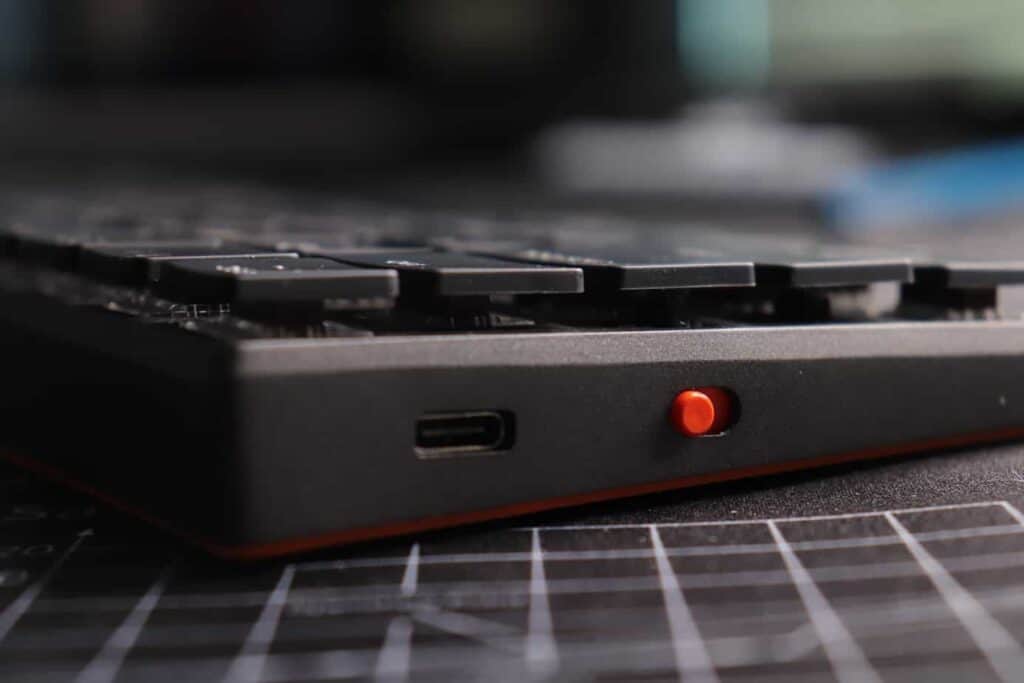
Types of Switching: Understanding the Different Methods of Data Transmission
Switching is a crucial aspect of data transmission, allowing information to be sent from one device to another. There are several types of switching, each with its own advantages and disadvantages. In this article, we will explore the different types of switching and their applications.
- Circuit Switching
Circuit switching is the oldest and most traditional form of switching. It involves the creation of a dedicated physical path between two devices for the duration of the communication. This method is commonly used in telephone networks, where a connection is established between two parties before they can communicate. Circuit switching is reliable and ensures that the connection remains stable throughout the communication. However, it is not efficient as it ties up resources even when there is no data being transmitted.
- Packet Switching
Packet switching is a more modern form of switching that is commonly used in computer networks. It involves the breaking down of data into small packets that are sent independently to their destination. The packets are then reassembled at the destination to form the original data. Packet switching is more efficient than circuit switching as it allows multiple devices to share the same physical path. It is also more flexible and can adapt to changes in network traffic. However, it is less reliable as packets can be lost or delayed in transit.
- Message Switching
Message switching is a hybrid of circuit and packet switching. It involves the creation of a dedicated path between two devices, but instead of sending data in real-time, messages are stored and forwarded in batches. This method is commonly used in email systems, where messages are stored in a queue before being forwarded to their destination. Message switching is more efficient than circuit switching as it allows multiple messages to be sent over the same path. However, it is less efficient than packet switching as messages are not sent in real-time.
- Cell Switching
Cell switching is a form of packet switching that uses fixed-length packets called cells. Each cell contains a header and payload, and all cells are the same size. This method is commonly used in ATM (Asynchronous Transfer Mode) networks, where cells are sent over a virtual circuit. Cell switching is more efficient than packet switching as it reduces the overhead associated with variable-length packets. However, it is less flexible as all cells must be the same size.
In conclusion, switching is a critical aspect of data transmission, and understanding the different types of switching is essential for building efficient and reliable networks. Each type of switching has its own advantages and disadvantages, and the choice of switching method depends on the specific application. By choosing the right switching method, network engineers can ensure that data is transmitted efficiently and reliably.